-
George Gunia
-
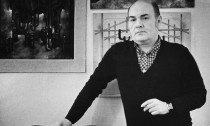
scenographer
1938 – 2001“Every person stands alone and is unique and his purpose and mission is not to loose but to retain personal uniqueness the more so in the Art!” – that was the creative and personal credo of Giorgi Gunia who had been always set it in.
Giorgi Gunia was born in the Georgian artistic family, in Tbilisi, on October 19, 1938. He was the grandson of the prominent actor and theater director, publicist and public figure Valerian Gunia. His coming to the theater was driven by both the family traditions and the pronounced directing vision, love of theatrical world and the original and inimitable scope of artistic interpretation.
G. Gunia spent a part of his childhood and the first year of his studentship in Moscow. At first he entered the production department of VGIK (the All-Union State Institute of Cinematography.) and studied at Grigori Kosintsev’s school. The developed ability of director’s thinking and professional practice of the synthetic vision obtained there were typical for all his creative works. Then he continued his studies at the Tbilisi State Academy of Fine Arts, the theatrical-decorative art school of the Painting Department, headed by Prof. Pharnaoz Lapiashvili.
In 1966 Giorgi Gunia was graduated from the Tbilisi State Academy of Fine Arts whereupon he continued his studies at the post-graduate school. Since his studentship he had been involved in the theatrical life. In 1966 the graduate of Tbilisi State Academy of Fine Arts performed the sketches for “Hamlet” by W. Shakespeare, which became the milestone of the Georgian scenography. By that time he had already created the sublime and laconic scenery for Jean Anouilh “The Lark” (1965, director L. Mirtskhulava). The nest big victory of G. Gunia was “The Martyrdom of St. Shushanik”(1968, director S. Mrevlishvili). Those works had all qualities of a new style acting scene design.
The most remarkable works of monumental-tragic style which left a mark in the Georgian and Soviet scenography were created by G. Gunia in the 60-70-ies of the past century. The best example of this style was “King Lear” staged by director Giga Lortkipanidze at Rustavi Theater.
“The Gunia-style solution of “King Lear” scenery was put in the “gold reserves” of the scenographic Shakespeariana of Soviet and worldwide scale. It became one of the best production of the acting scenography of the 1st half of the 60-ies, a model of “the high style” characterized with the artist’s striving for solution of the global problems of human being, creation of diversified plastic images which obtained the function of a material-objective character in the performance,- wrote the art critic Viktor Berezkin in “Soviet Art” Magazine in 1984.
With his creative works Giorgi Gunia made the enormous contribution to the revival of Georgian scenography of the 60-ies. He was one of the founders of its magnificent renaissance and outlined the level and course of the Georgian scenery design. After being graduated from the Academy of Fine Arts he appeared in the center of the theater life and soon became its leader. He set scenery for more than one hundred performances. The prominent directors of various schools were pleased to work with him and very often the success of performance was highly depended on the artist. Giorgi Gunia as the scene designer was remarkable for his wide thinking, deep insight and perception of a creative work. His typical features were the monumental vision of the events of a certain production, the ability to join rationally the space, decoration and costumes designed by him.
The creative works of Giorgi Gunia are much diversified, without any genre restrictions. He could reproduce artistically both opera and theater performances.
Giorgi Gunia carried the fruitful teaching activity as well. In 1991 at Shota Rustaveli Theater Institute he established the department of fine arts which he headed. He brought up the pleiad of theater art designers.
Giorgi Gunia participated in more than 70 national and international exhibitions.
Parallel the creative and pedagogical activity the artist also worked for community. From 1981 to 1996 he had been the first secretary of the Georgian Artists Union, from 1986 – the member of the Board of the USSR Artists Union. From 1986 he had been also the member of the Presidium of the Georgian Union of Theater Workers and the member of USSR Union of Theater Workers.
In 1989 he was elected the president of the Soviet Center of International Organization of Scenographers, Theatre Architects and Technicians (OISTAT).
Since 1993 Giorgi Gunia had been the member of the National Committee of Georgia in UNESCO affairs and the president of the National Committee of AIAP, vice-president of National Committee of ICOM.
Since 1996 he had been the member of the Board for Cultural Cooperation of CIS Countries and since 1997 – the chairman of this Board. On this post he actively participated in creation and strengthening of the creative ties among CIS countries, in creation of the unified cultural space, took an active hand in implementation of various projects and endeavors,
He actively participated with the UN and UNESCO representatives in connection with the foundation of Niko Pirosmani International Artists Center in the town of Mirzaani.
Georgi Gunia was the curator, coordinator and commissar of many milestone exhibitions, the most important of which was foundation and conduct of Tbilisi Contemporary Art Biennale in 1996.
Georgi Gunia was President of the National Delphic Council Georgia, Chairperson of the Organising Committee of the I Junior Delphic Games 1997 and the II Delphic World Congress 1997. Shortly before his death Giorgi Gunia should be appointed the member of International Board of International Delphic Movement and head of South Caucasus and Middle East section.
Basic Dates
- 1938, October 19 – Born
- 1957-1958 – studied at production department of VGIK (the All-Union State Institute of Cinematography) , Grigori Kosintsev’s school
- 1960-1966 – studied at Tbilisi State Academy of Fine Arts, the theatrical-decorative art school of the Painting Department, headed by Profs. D. Tsitsishvili and Ph. Lapiashvili.
- 1967-1970 – studied at the post-graduate school of Tbilisi State Academy of Fine Arts, headed by Profs. S. Kobuladze, A. Kutateladze
- Since 1964 had carried out the active creative work at various theaters in Georgia and outside it;
- Since 1965 had participated in various national and international exhibitions;
- Since 1968 had been the member of the USSR Artists Union;
- 1970-1982 – the teacher at the painting chair of the Fine Arts Department of Tbilisi State Academy of Fine Arts;
- Since 1972 – the chairman of the Theater and Cinema Art Designers Section of the Georgian Artists Union;
- 1977 – the Lithuania Theatrical Society Award and Diploma at Vilnius Scenography Triennale;
- 1978 – awarded the title of Honorable Artist of Georgia SSR, Georgian Artists Union prize and medal for the year best work;
- 1980 – awarded the Georgian Artists Union prize and medal for the year best work;
- 1981 – secretary of the Board of Georgian Artists Union, member of presidium of Georgian Theater Workers Union;
- 1983 – member of the USSR Center of OISTAT;
- 1986 – member of the Board of USSR Theater Workers Union;
- 1987-1996 – first secretary of the Georgian Artists Union;
- Since 1986 – member of the Board of USSR Artists Union;
- Since 1986 – member of Presidium of the Georgian Theater Workers Union and member of Board of USSR Theater Workers Union;
- Since 1988 – awarded the title of People’s Artists of Georgia;
- 1989-1991 – President of the Soviet Center of International Organization of Scenographers, Theatre Architects and Technicians (OISTAT).
- Since 1990 until death – the deputy minister of culture of Georgian;
- In 1991 he founded the fine arts chair and scenography department at Shota Rustaveli State Institute for Theater and Cinema of Georgia and headed it as the chairholder and professor;
- Since 1993 – member of Georgian National Committee fro UNESCO affairs;
- Since 1994 – chairman of UNESCO fine arts section; president of the Georgian National Committee of International Association of Art at UNESCO (AIAP);
- Since 1994 – vice-president of National Committee of ICOM;
- Since 1995 he had been the member and chairman of Cultural Relationship Board of Commonwealth of Independent States (CIS) countries;
- 1995 – awarded the Theater Workers Union prize for the year best work;
- Since 1996 – had been the president of Georgian National Board of International Delphic Movement;
- Since 1997/1998 – had been elected the chairman of Cultural Relationship Board of Commonwealth of Independent States (CIS) countries and chairman of the Board of CIS Cultural Relationship Fund;
- 1996- General commissar of Tbilisi Contemporary Art Biennale
- 1997 – President of the National Delphic Council Georgia, Chairperson of the Organising Committee of the I Junior Delphic Games 1997 and the II Delphic World Congress 1997
- Since 1998 – the honorable president of Valerian Gunia Youth Union of Theater Workers;
- 2001, March 31- Death
Performances:
1. Jean Anouilh “The Lark”, 1964 -1965
K. Marjanishvili State Academic Theater, director L. Mirtskhulava2. Giorgi Khukhashvili “The Roads”, 1966
K. Marjanishvili State Academic Theater, directors G. Lortkipanidze, I. Kakulia3. William Shakespeare “Hamlet”, 1966 (not performed)
4. Archil Gomiashvili “In Sorrow and In Joy” (pantomime), 1967
Georgian State Philarmonic, director G. Rubin5. William Shakespeare “Richard III”, 1967 (not performed)
K. Marjanishvili State Academic Theater, director L. Mirtskhulava6. Eduardo De Filippo “Comedy Art”, 1967
K. Marjanishvili State Academic Theater, director M. Kuchukhidze7. Jean Anouilh “Antigone”, 1968
Shota Rustaveli State Academic Theater, director M. Tumanishvili8. Mikheil Mrevlishvili “Mortyrdom of St. Shushanik”, 1967-1968
K. Marjanishvili State Academic Theater, director S. Mrevlishvili9. Eugene Schwarz “The Naked King”, 1969
School theater of Shota Rustaveli State Institute for Theater, director L. Mirtskhulava10. Alexandre Chkhaidze “The Bridge”, 1969
Kutaisi Lado Meskhishvili State Drama Theater, director N. Gachava11. Alexandre Chkhaidze “The Bridge”, 1969
Rustavi State Drama Theater, director N. Gachava12. Zladislav Skovronski “Maestro”, 1969
Rustavi State Drama Theater, directors G. Lortkipanidze, A. Vasadze13. Grigory Khugaev “My Mother-in-Law”, 1970
Vaso Abashidze State Musical Drama Theater, director Shota Meskhi14. Alexandre Chkhaidze “The Bridge Affair”, 1970
A. Griboedov State Russian Drama Theater, director N. Gachava15. Leonid Leonov “Invasion”, 1970
Rustavi State Drama Theater, director N. Gachava16. Dale Wasserman, Joe Derion “Man of La Mancha”, 1970.
Rustavi State Drama Theater, directors Gia Antadze, N. Gachava (G. Lortkipanidze)17. Giorgi Nakhutsrishvili “Ali-Baba”, 1970
K. Marjanishvili State Academic Theater, director L. Mirtskhulava18. Vadim Korastylev “The Commendatore’s Steps”, 1971
A. Griboedov State Russian Drama Theater, director G. Lortkipanidze19. Alexei Arbuzov “Sweet Old Home”, 1972
A. Griboedov State Russian Drama Theater, director G. Lortkipanidze20. Amiran Abshilava “The Caucasian Mountains”, 1972
A. Griboedov State Russian Drama Theater, director L. Paksashvili21. Konstantine Lortkipanidze “Kolkhida Dawn”, 1972
Shota Rustaveli State Academic Theater, director L. Mirtskhulava22. Niko Lortkipanidze “The Evil of Times”, 1973
K. Marjanishvili State Academic Theater, director M. Kuchukhidze23. Alexei Vampilov “Last Summer”, 1973
A. Griboedov State Russian Drama Theater, director J. Alexishvili24. Jules Romains “Knock ou le Triomphe de la médecine”, 1973
Student theater of I.Chavchavadze State Teacher’s Institute of Foreign Languages, director L. Mirtskhulava25. Robert Thomas “8 Femmes”, 1973
A. Griboedov State Russian Drama Theater, director L. Paxashvili26. Konstantin Simonov “So Be It”, 1973
A. Griboedov State Russian Drama Theater, director K. Surmava27. William Shakespeare”King Lear”, 1972-1973
Rustavi State Drama Theater, directors G. Lortkipanidze, A. Vasadze28. Joseph Bukovchan “ Before the Cock Crows”, 1974
A. Griboedov State Russian Drama Theater, director Leila Jashi29. William Shakespeare “Othello”, 1974 (not performed)
30. William Shakespeare “Hamlet”, 1974
Northern Ossetia State Drama Theater, director G. Khugaev31. Revaz Lagidze “Lela”, 1974-1975
Tbilisi Zakharia Paliashvili State Academic Theater of Opera and Ballet, director G. Zhordania, conductor G. Azmaiparashvili32. Alexandre Chkhaidze “While the City Sleeps”, 1975
K. Marjanishvili State Academic Theater, director N. Gachava33. Valerian Kandelaki “Socrates”, 1976
K. Marjanishvili State Academic Theater, director M. Kuchukhidze34. Peter Tchaikovsky “The Queen of Spades” , 1975-1977
Tbilisi Zakharia Paliashvili State Academic Theater of Opera and Ballet, directors G. Zhordania, T. Abashidze, conductor G. Azmaiparashvili35. Vladimir Vaneev “Khilak Fortress”, 1978
K. Khetagurov Southern Ossetia State Drama Theater, director G. Khugaev36. Levan Sanikidze “The Gypjaks”, 1978
Rustavi State Drama Theater, director T. Meskhi37. Valerian Agarnovsky “Stop Malakhov, 1979
State Russian Youth Theater, director E. Basilashvili38. Revaz Lagidze “Lela”, 1979 (new production)
Tbilisi Zakharia Paliashvili State Academic Theater of Opera and Ballet, director G. Zhordania, conductor G. Azmaiparashvili39. Friedriech Dürrenmatt “Romulus the Great”, 1979-1980
K. Marjanishvili State Academic Theater, director N. Gachava40. Prosper Mérimée “Le Théâtre de Clara Gazul” , 1980 (“Une femme est un diable”, “Le Carrosse du Saint-Sacrement”)
Metekhi State Youth Theater-Studio, director M. Areshidze41. Alexander Kazantsev “Old House”, 1980
A. Griboedov State Russian Drama Theater, director G. Zhordania42. Sandro Mrevlishvili “Martyrdom of Kola Children”, 1981
Metekhi State Youth Theater-Studio, director Sandro Mrevlishvili43. Léo Delibes “Sylvia”, 1982
Perm P. Tchaikovsky State Academic Theater of Opera and Ballet, ballet-master G. Alexidze44. Nina Pavlova “The House-trailer”, 1982
A. Griboedov State Russian Drama Theater, director G. Zhordania45. Valentin Rasputin “To Live and Remember”, 1982
K. Marjanishvili State Academic Theater, director N. Gachava46. Alexander Sumbatov-Yuzhin “Unfaithfulness”, 1983
A. Griboedov State Russian Drama Theater, director G. Zhordania47. Alexander Skryabin “Prometheus” (film-ballet), 1983-1984
Georgian TV Film Studio, Georgian SSR Public Broadcasting Committee, director Z. Kakabadze, ballet-master M. Lavrovski48. Alexei Dudarev “Rank and File”, 1984-1985
A. Griboedov State Russian Drama Theater, director G. Zhordania49. Euripides “Medea”, 1984-1985
Poti V. Gunia State Academic Theater, director L. Mirtskhulava50. Alexander Sukhovo-Kobylin “Death of Tarelkin”, 1985
A. Griboedov State Russian Drama Theater, director D. Tsiskarishvili51. Jaba Ioseliani “Mary the Queen”, 1990
K. Marjanishvili State Academic Theater, director M. Kuchukhidze52. Kote Makharadze, levan Sanikidze “The Bagrationis”, 1992
“Veriko” – one-actor theater, director K. Makharadze53. Akaki Baqradze, Kote Makharadze “Ilya Chavchavadze”, 1987
“Veriko” – one-actor theater, director K. Makharadze54. Kote Makharadze “Stalin”, 1998
“Veriko” – one-actor theater, director K. Makharadze55. Jean-Paul Sartre “The Devil and the Good Lord”, 1994 (not-performed)
Shota Rustaveli State Academic Theater, director L. Mirtskhulava56. Grigol Robakidze “Lamara”, 1995
Batumi State Drama Theater, director L. Mirtskhulava57. Jean Anouilh “The Lark”, 1995 (the 1964 -1965 production)
Batumi State Drama Theater, director L. Mirtskhulava


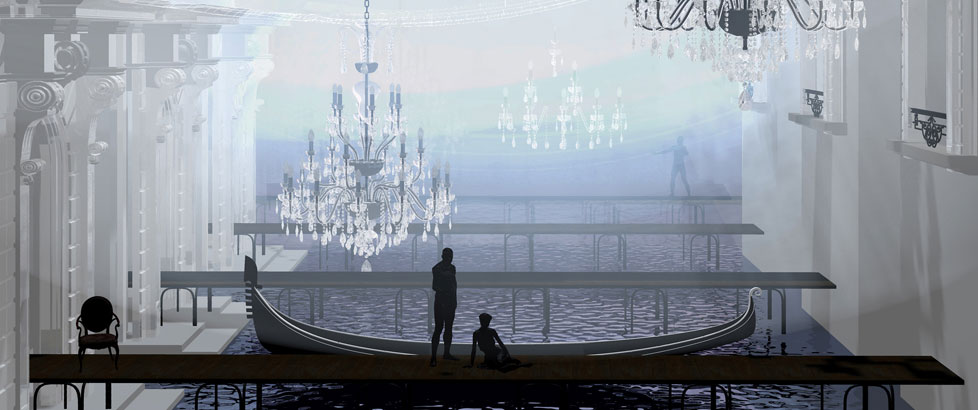
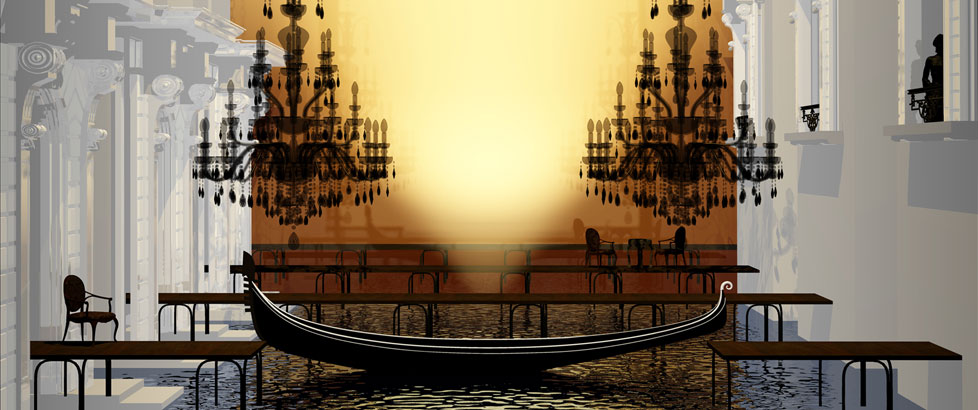
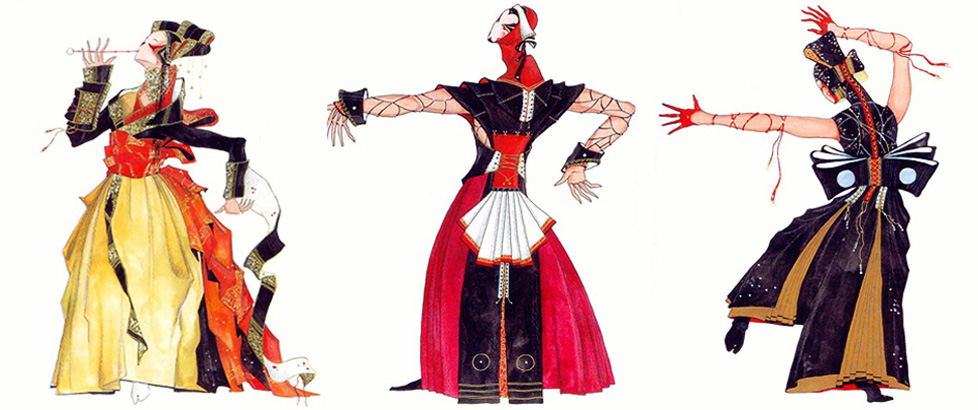
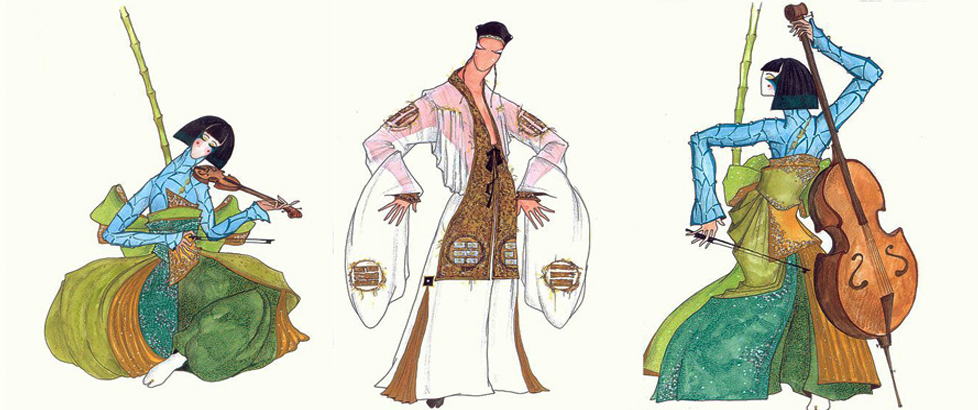
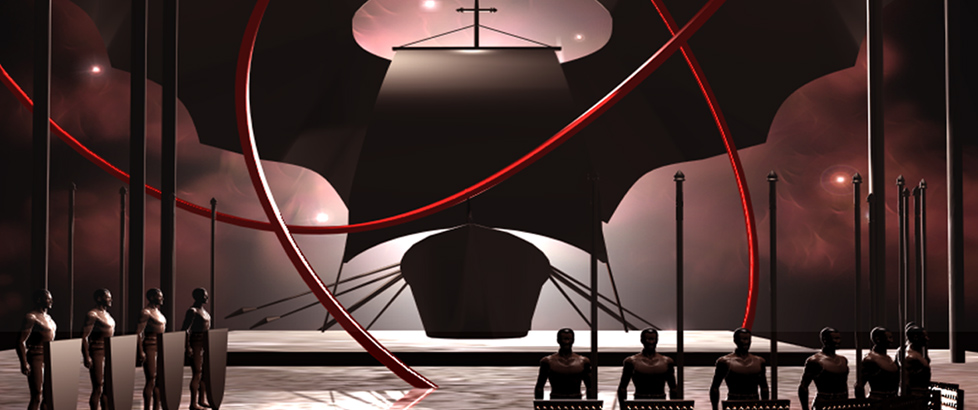

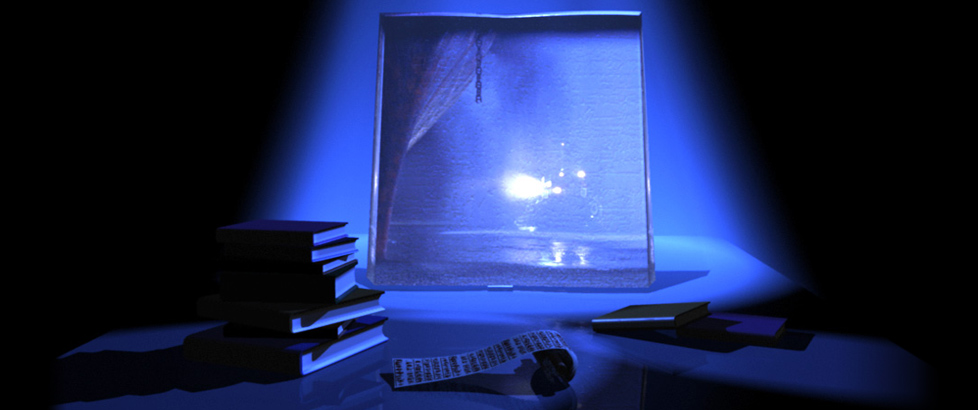

Social Profiles